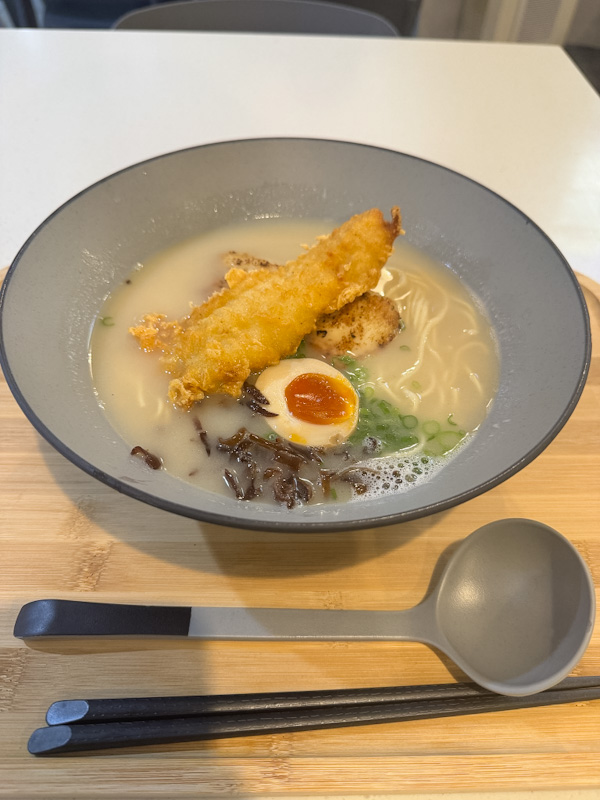Every spring and autumn, Japan turns into a noodle paradise. From Tokyo’s Komazawa Ramen Festa to Osaka’s Ramen Expo and Sapporo’s Ramen Show, these festivals bring together dozens of ramen shops from across the country — all in one place.
You’ll find rare regional styles, Michelin-starred legends, and one-off collaborations that exist only for a few days. Think butter-clam shio ramen from Hokkaido next to rich Kumamoto tonkotsu, or a surprising yuzu-shoyu blend created by two rival chefs working side by side.
If you’re a ramen nerd, these events are a dream come true. You can eat limited-edition bowls, see famous chefs in action, and even take photos of them guilt-free (everyone else is doing it too). But if you don’t plan properly, you’ll end up queueing more than slurping.
Here’s a practical survival guide — built from years of slurping, watching, and occasionally regretting — to help you make the most of Japan’s ramen festival circuit.
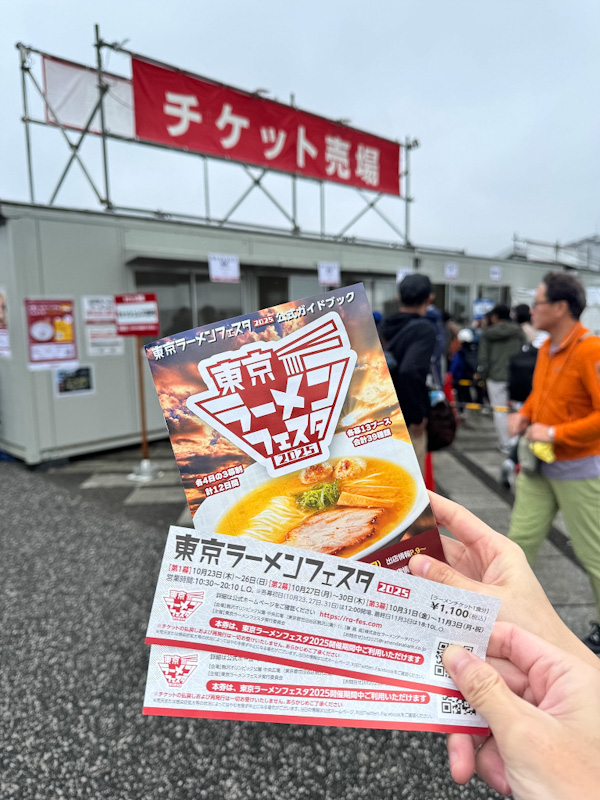
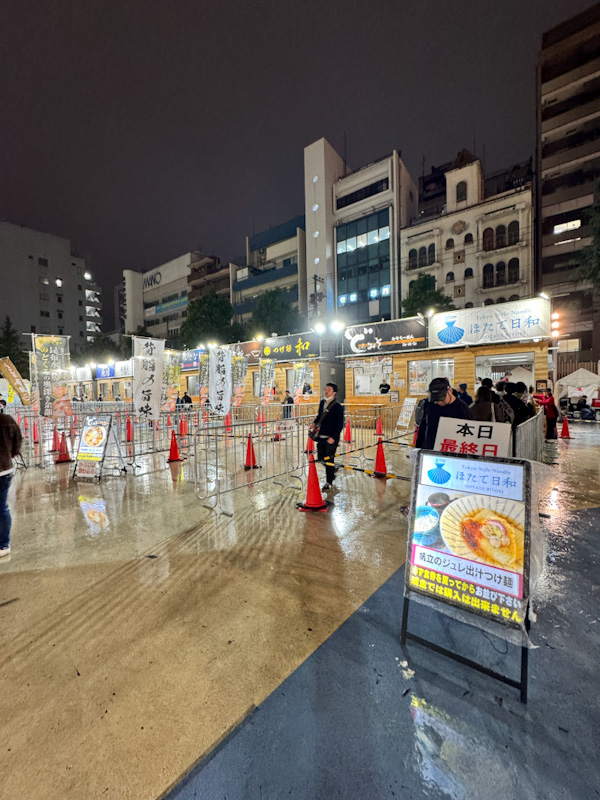

1. Time Your Visit Strategically
Timing is everything. Most people arrive during peak lunch or dinner hours, which means long queues and sold-out bowls. The key is to go right after the lunch rush, around 2 PM to 4 PM. The crowd thins out, the stalls are still stocked, and you can move freely between booths without elbowing anyone.
Avoid visiting late in the day — some stalls sell out of ingredients by evening. If you prefer an early start, note that most festivals open at 11 AM. Treat it as a ramen brunch. You’ll beat the crowd, get the freshest servings, and have time to digest before round two later in the day.
2. Combine It With Nearby Attractions
Ramen festivals are usually held in parks or open public spaces that double as scenic hangouts. Think Komazawa Olympic Park (Tokyo), Odori Park (Sapporo), or Expo ’70 Commemorative Park (Osaka). That means there’s usually something worth exploring nearby. Plan your visit so you can enjoy both the noodles and the neighbourhood:
- Morning plan: Start with ramen brunch at 11 AM, take a walk through the surrounding park or a nearby temple, then return in the afternoon for round 2 if your goal is to try as many ramen as possible
- Afternoon plan: Visit a local attraction first, then drop by the festival after 2 PM for shorter queues and cooler weather if you just want to maximize your time there.
It’s a more balanced way to eat — and digest — your way through Japan’s biggest ramen celebrations.
3. Bring a Friend and Share Multiple Bowls
No matter how much of a ramen veteran you are, your stomach has limits. The good news: festival servings are slightly smaller than restaurant portions — usually about three-quarters of a standard bowl. That’s by design because they need to fit the size of the disposable bowls.
The smart move? Bring a friend (or three) and share bowls.
- Two people can comfortably share three bowls and still have room for dessert or round two later. You’ll get to experience more variety without feeling like a human salt bomb.
- If you’re solo, pace yourself. Hydrate between bowls, take a walk, and always observe how your appetite feels — not your FOMO.
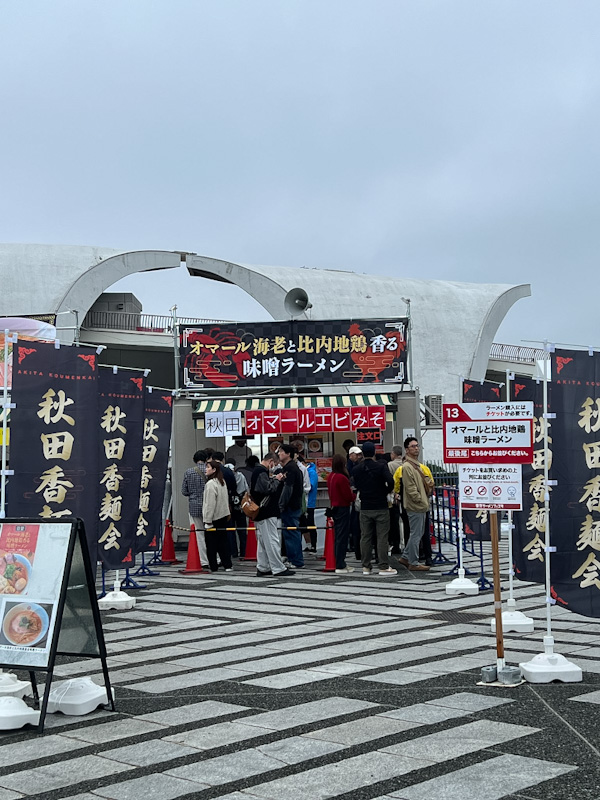
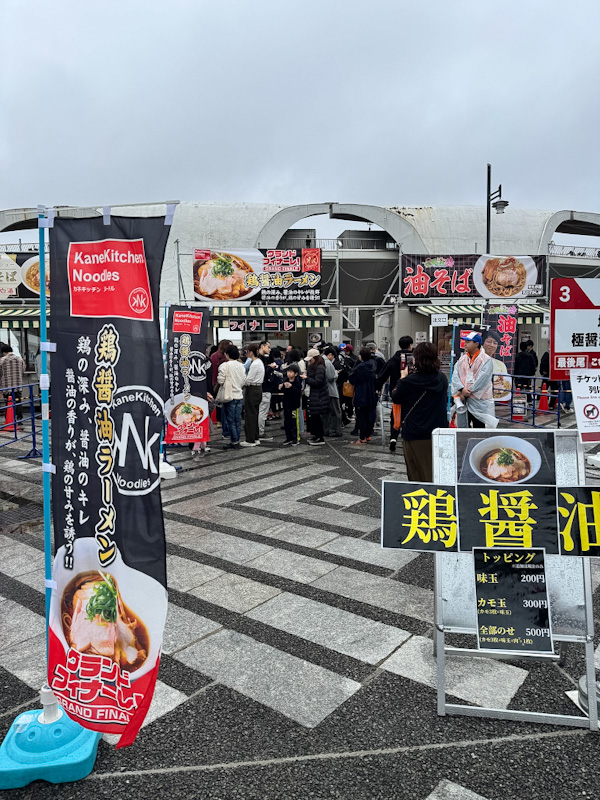
4. Go After the Most Exclusive Bowls
Every stall looks tempting, but not all are equal. When you only have room for one or two bowls, prioritise the ones that offer something truly unique. Here’s how to identify them:
- Collaboration Bowls: When two well-known ramen shops join forces, the results are usually wild. Expect high-end ingredients and recipes that exist only for that event. Look out for “×” between names on the signage — that’s your clue.
- Regional Representatives: Some stalls represent entire prefectures or local cooperatives rather than individual shops. They use premium hometown ingredients — say, Hyogo chicken, Aomori garlic, or Yamagata miso — to showcase their region’s pride. Often, these bowls deliver more value for the same ticket price.
- Foreign Guest Stalls: Occasionally, you’ll spot visiting chefs from Taiwan, Thailand, or even France. They rarely serve their signature dishes — instead, they collaborate with local ramen chefs to create one-off fusion bowls. Think truffle-shio, laksa-inspired tonkotsu, or butter crab miso.
- Headliner Acts: Check the event poster. The stalls featured front and centre are often the “headliners” — big-name chefs, Michelin-awarded shops, or returning legends. Expect long queues, but also serious bragging rights.
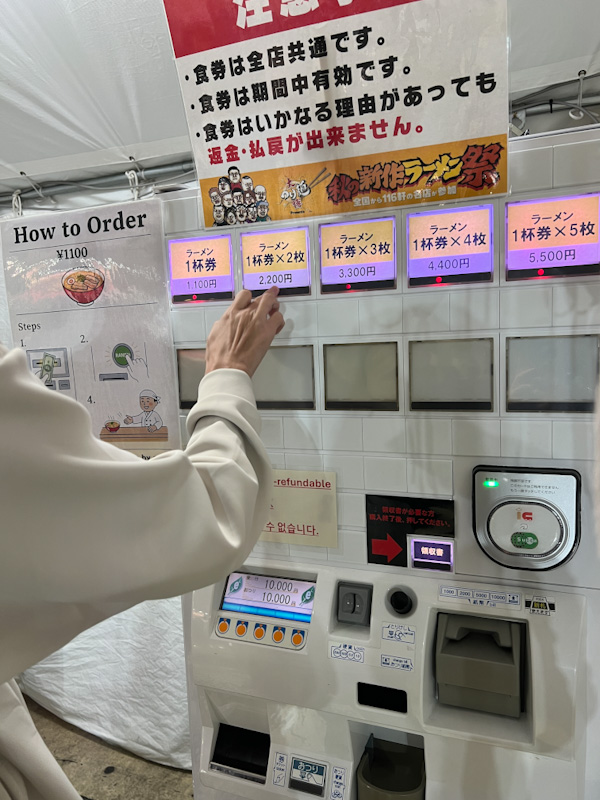
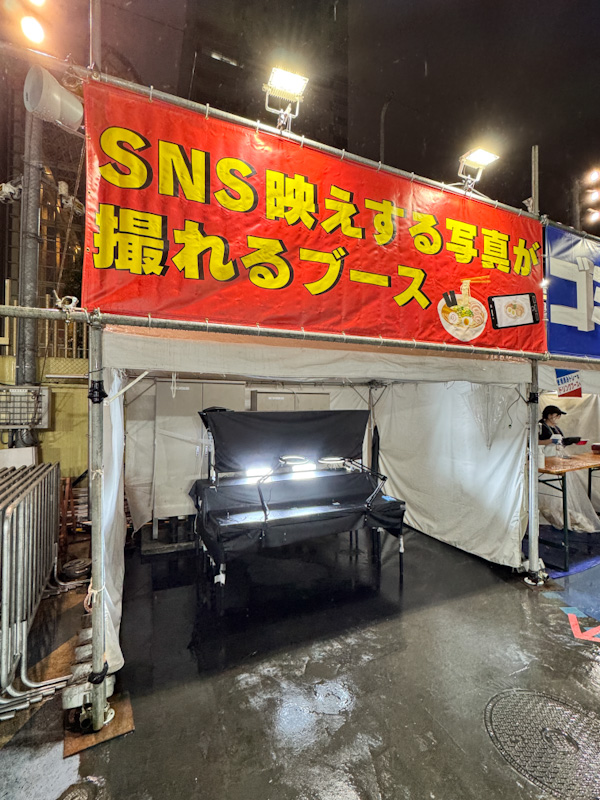

5. Navigate Like a Pro (and Respect Festival Etiquette)
Every ramen festival operates a little differently, but most use a ticket system. You buy your ramen tickets at a central booth, then exchange them for bowls at the stalls.
Toppings are usually paid in cash at the stall itself, so bring small notes and coins. Many festivals also accept IC cards like Suica or PASMO now — useful for quick transactions. A few extra insider notes:
- BYO chopsticks if you’re particular — festival disposables aren’t always ideal for slurping.
- Carry tissues and wet wipes. You’ll be eating outdoors, often standing or sitting on makeshift benches.
- Bring a tray if you plan to try multiple bowls. Hardcore ramen fans actually bring their own!
- Stay polite in queues. Locals queue quietly, take photos fast, and clear tables quickly for the next diner.
Beyond the food, most festivals also feature live music, photo booths, and merchandise corners selling collectible bowls, aprons, and limited-edition prints. Even if you’re too full for another round, it’s worth hanging around.
6. When and Where to Go: Japan’s Major Ramen Festivals
If you’re planning a trip, these are Japan’s biggest and most notable ramen festivals — each with its own flavour identity.
Major Ramen Festivals
Newer Shows and Regional Specials
- Dai Tsukemen Haku (Tokyo)
- Dry Ramen Grand Prix (Tokyo)
- Nack5 Ramen Festival (Saitama)
- Menpaku Takumen (Chiba)
- Ramen & Soba Kingdom Festival (Yamagata)
- Nagoya Ramen Matsuri
- Yokosuka Ramen Fleet (Yokohama)
- Sendai Ramen Festa (Sendai)
📍 Pro tip: If you can only visit one, go for the Tokyo Ramen Festa. It’s the most accessible, well-organised, and diverse — a true representation of Japan’s ramen culture in one park.
Why Ramen Festivals Matter
Japan’s ramen festivals aren’t just about eating. They’re a living snapshot of the country’s regional diversity, culinary creativity, and evolving ramen culture.
You’ll meet chefs who’ve travelled from small coastal towns just to share their craft, volunteers explaining the story behind each broth, and locals debating which region deserves the crown.
It’s an experience that goes beyond taste — a reminder that ramen, at its heart, is a bridge between people, places, and passion.
So go in hungry, curious, and ready to slurp like a pro. Because the best bowl isn’t always the one with the longest line — it’s the one that makes you think, “I’ve never tasted anything like this before.”

